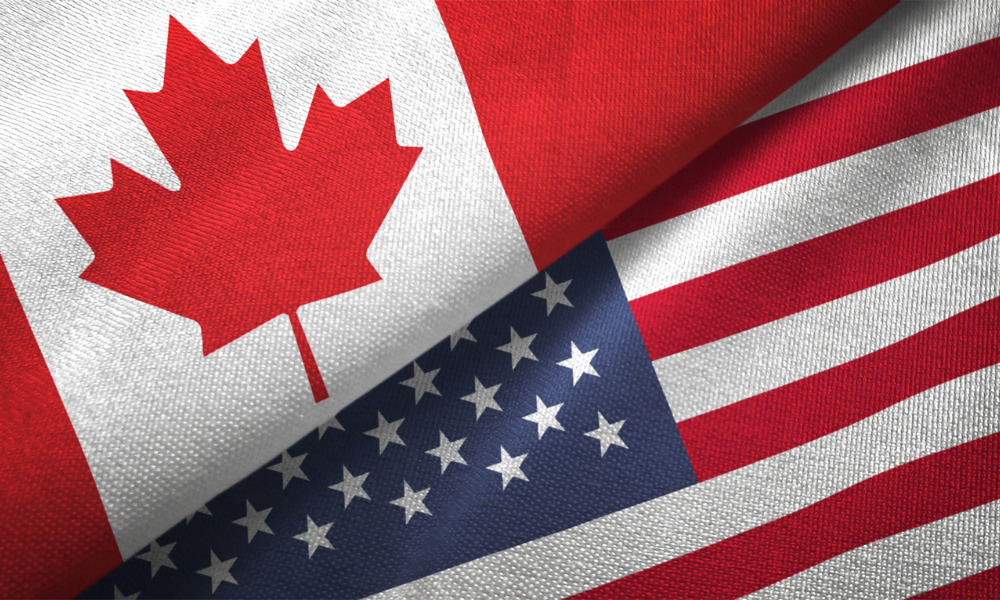Solid liquidity and funding profiles bolster sector

The global banking crisis has left Canada’s Big Six banks staggering with tens of billion in losses, but they’re still well positioned to weather the turbulence.
That’s according to a new report from DBRS Morningstar, which found the country’s leading banks have lost $57 billion over the past two weeks. That’s occurred as the collapse of Silicon Valley Bank and Signature Bank in the U.S., and woes at the much larger Credit Suisse in Europe, tested investors’ faith in the global banking industry.
“The Canadian banks generally have a lower exposure to fixed-income securities, diversified and stable funding, sufficient liquidity, prudent risk/liquidity management, and capital buffers that should enable Canadian banks to navigate current market turbulence,” the report said.
The fact that only 85 Canadian banks have deposit protection, compared to 4,700 banks in the U.S., also limits the risk of a run on banks in Canada, DBRS Morningstar said. There’s also their more limited exposure to the risks associated with tech and oil and gas investments compared to American banks.
The report also cited Canadian banks’ ability to manage risks from ballooning unrealized losses in fixed income, partly due to their history of asset and liability matching and interest-rate hedging.
“We do not currently expect that the Canadian Banks will require premature sales of securities given their solid liquidity and funding profiles,” DBRS said.
In the States, another embattled bank, First Republic Bank, saw its shares drop to a record low after S&P Global lowered its credit rating for the second time in a week.
The drop also follows a Wall Street Journal report on fresh discussions around a $30-billion stabilization effort by some of the street’s biggest banks including JP Morgan Chase & Co., which had threatened to be the next domino to fall after high-profile failures at SVB, Silvergate, and other American regional banks.
Shares of First Republic crashed by as much as 50% before recovering to 32% at around 12:40 PM New York Time.
Earlier comments from S&P indicated that while the $30-billion lifeline could help address near-term liquidity concerns, it might not be enough to overcome “substantial” challenges likely confronting the bank.



